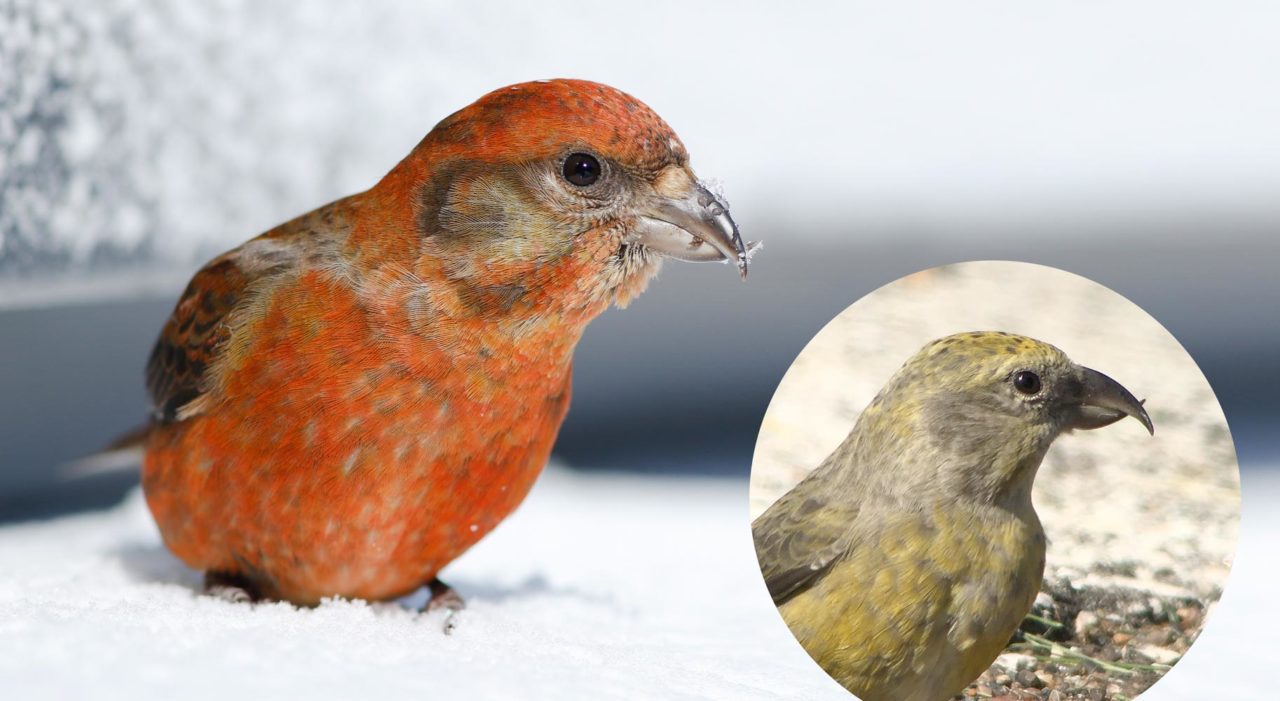The “Crossbill Guy” With a Keen Ear for Call Notes
By Marc Devokaitis
January 9, 2020
From the Winter 2020 issue of Living Bird magazine. Subscribe now.
This article originally appeared in print as a sidebar to How Ron Pittaway Developed His Acclaimed Winter Finch Forecast.
When it comes to winter finches, Red Crossbills are a world unto themselves. For decades all Red Crossbills were assumed to be the same species, even though scientists and birders had identified 10 distinct call types across North America by subtle but recognizable differences in their jup-jup-jup flight calls. In 2017, one of these call types (type 9) was granted full species status—the Cassia Crossbill, found in the South Hills region of Idaho (see, Meet the Newest Crossbill, Autumn 2017). Further research could show that some of the other crossbill types may warrant species designation as well.

One scientist leading the way on Red Crossbill research is Matt Young, the collections management leader at the Cornell Lab of Ornithology’s Macaulay Library. Over the past 12 years, Young has analyzed over 10,000 Red Crossbill audio recordings. He is considered the leading authority on identifying and describing the different call types.
For decades, Young has been a key consultant on Ron Pittaway’s annual Winter Finch Forecast, lending his observations of cone crops and predictions of Red Crossbill movements. In kind, Pittaway’s forecasts always include a request on Young’s behalf asking birders to record Red Crossbill calls and upload the audio as part of their eBird checklists.
The growing database of crossbill calls is helping to advance the research into where and when the different call types occur. These citizen-science contributions, cross-referenced with the kinds of forest habitat where the calls were recorded, have also helped researchers zero in on bill-size differences among the different Red Crossbill call types.
“We now know that some call types correspond to birds with larger bills that prefer seeds tucked away in larger cones…ponderosa pine, for example,” says Young, “while other call types belong to relatively smaller-billed birds that gravitate toward more delicate cones like hemlock. It’ll be important to continue to record foraging birds so we can better understand their diet.”
All About Birds
is a free resource
Available for everyone,
funded by donors like you
American Kestrel by Blair Dudeck / Macaulay Library



